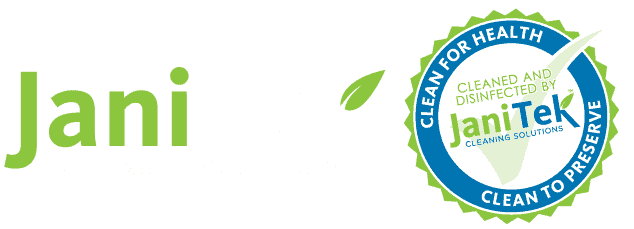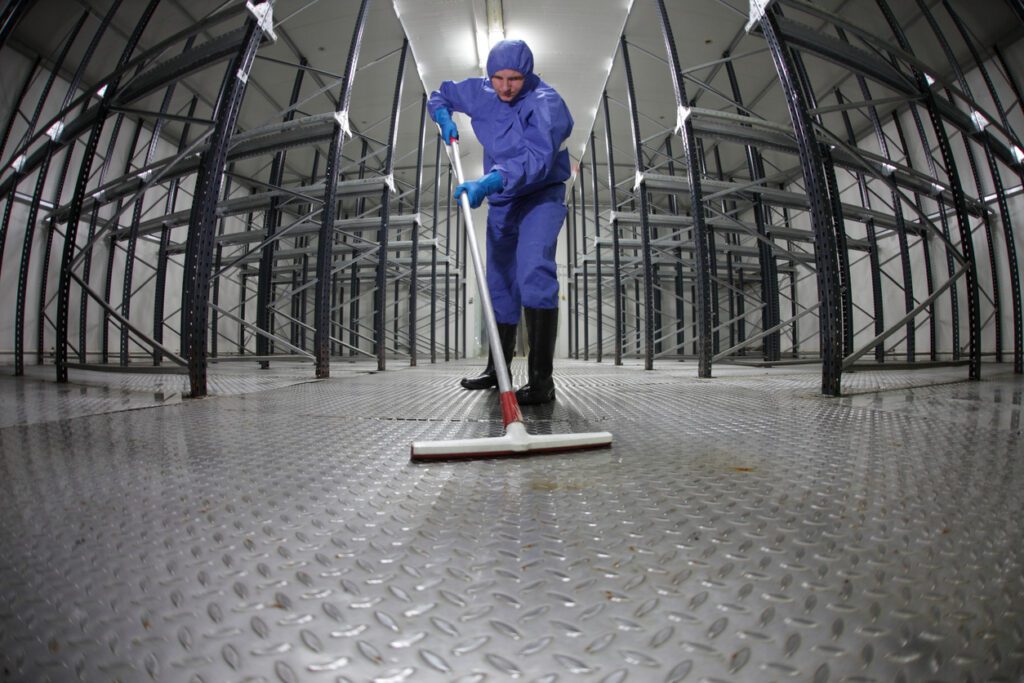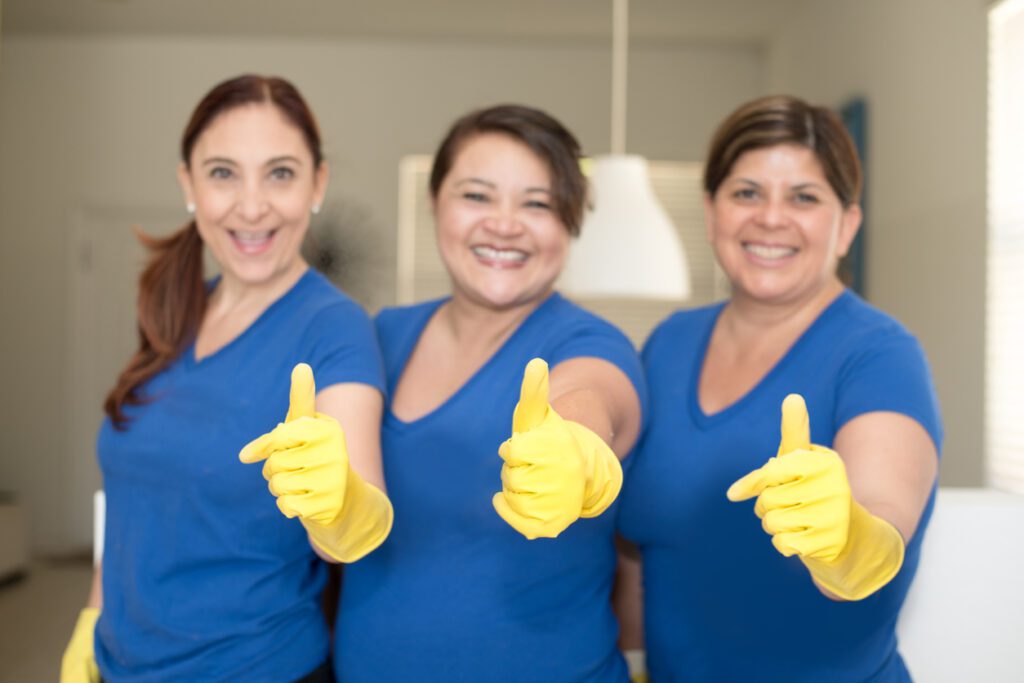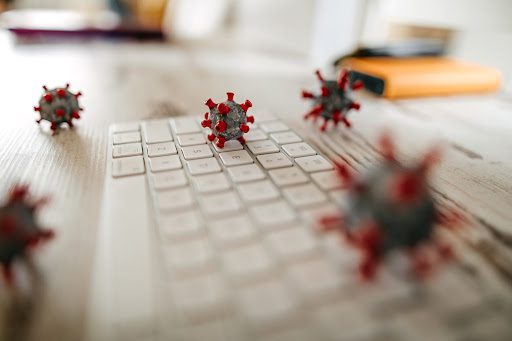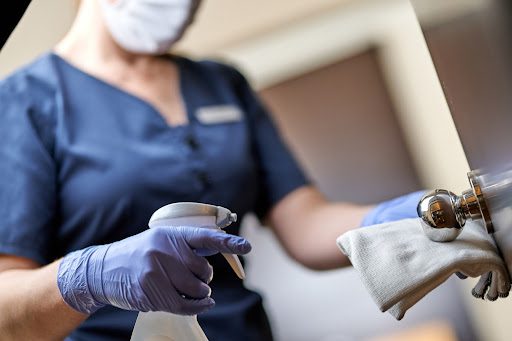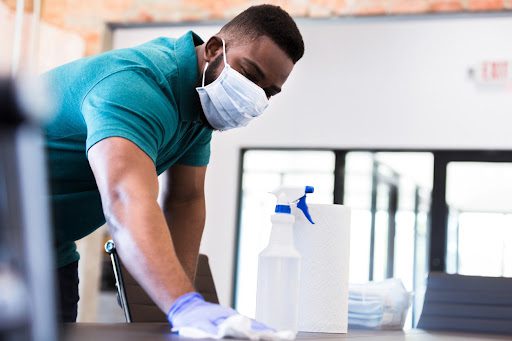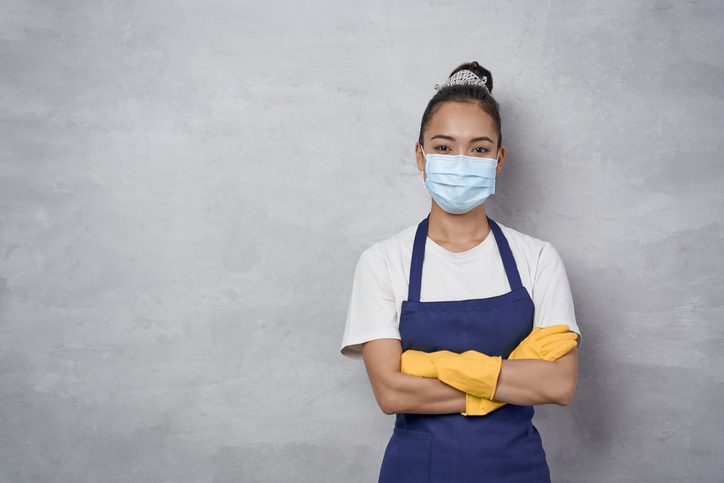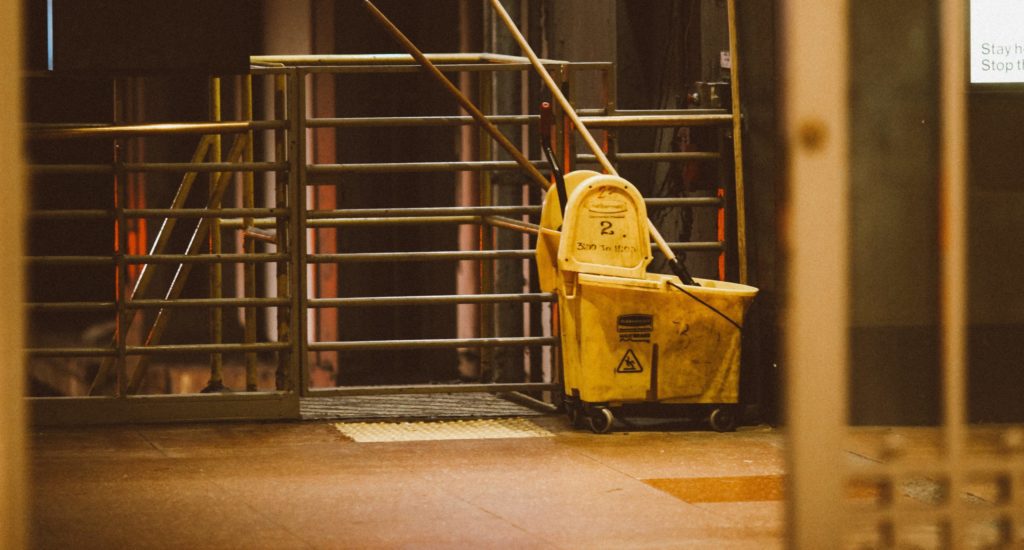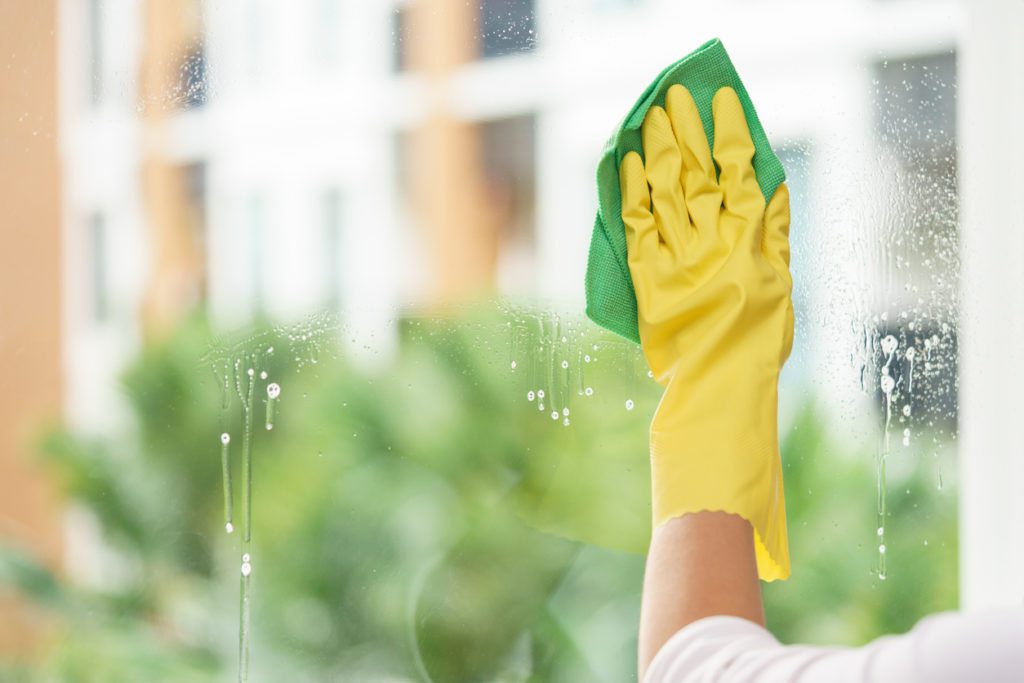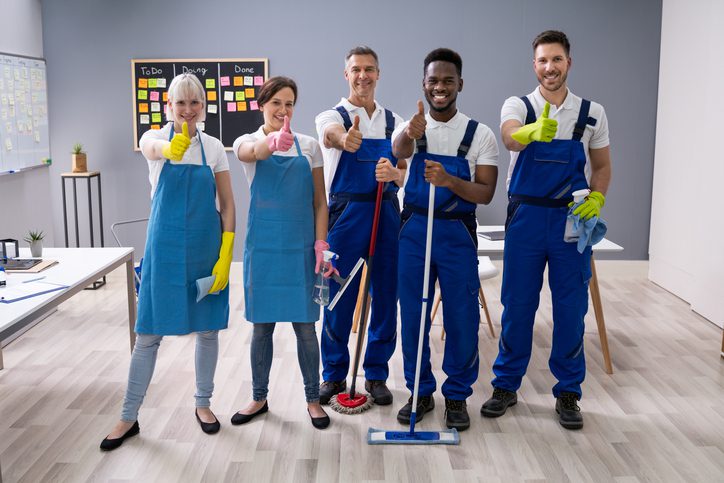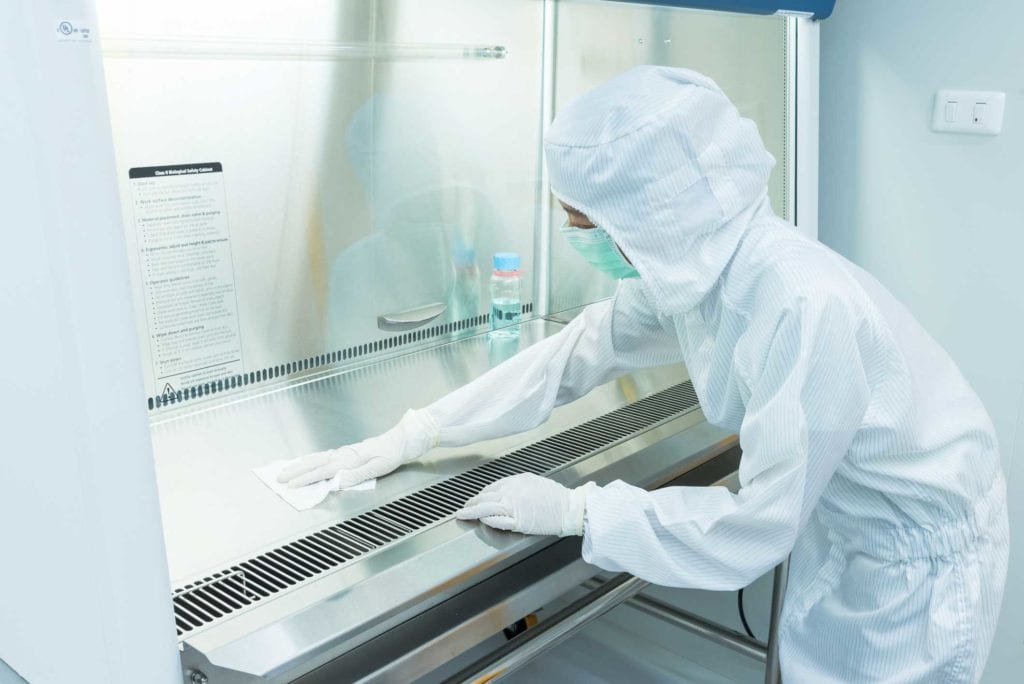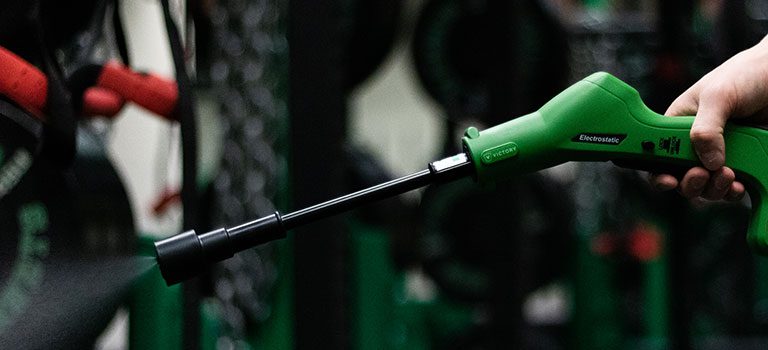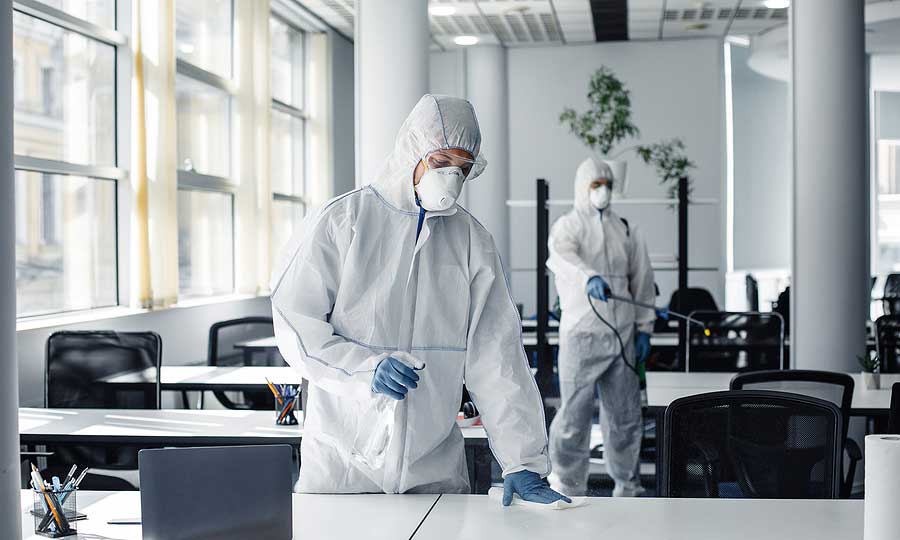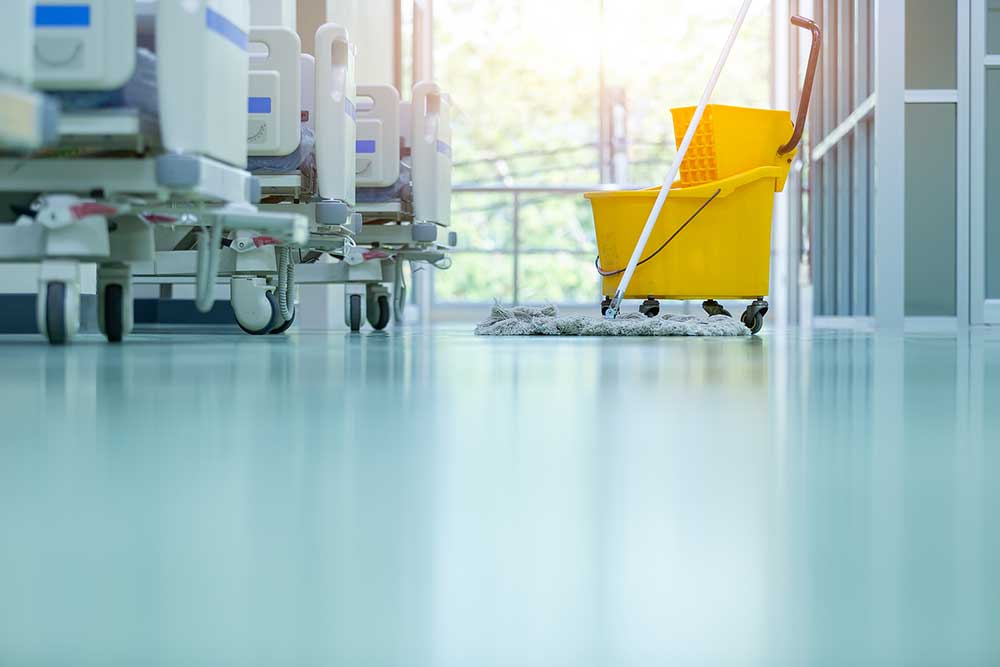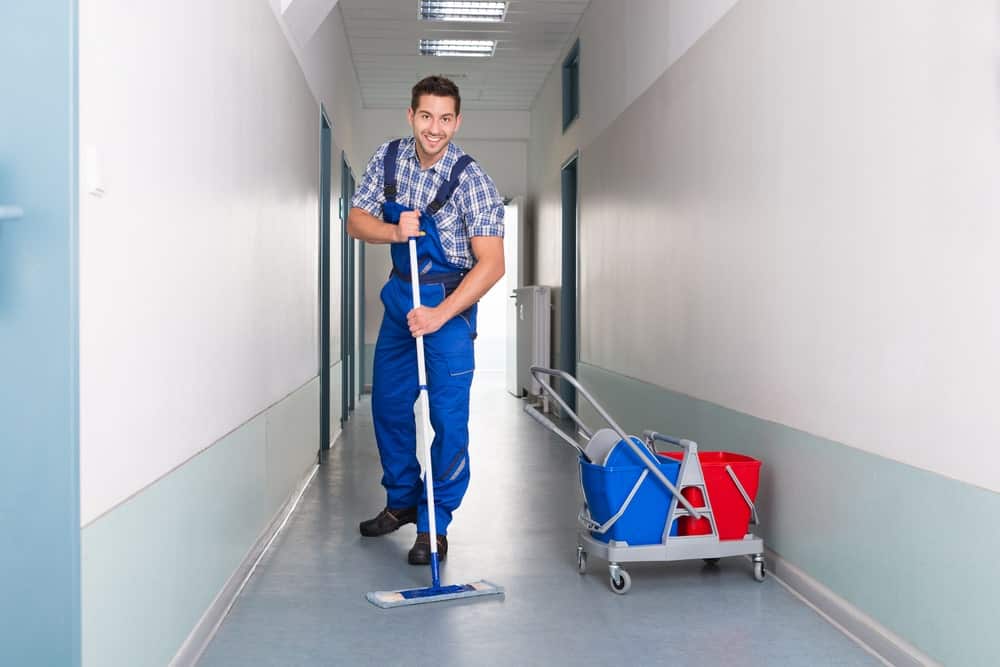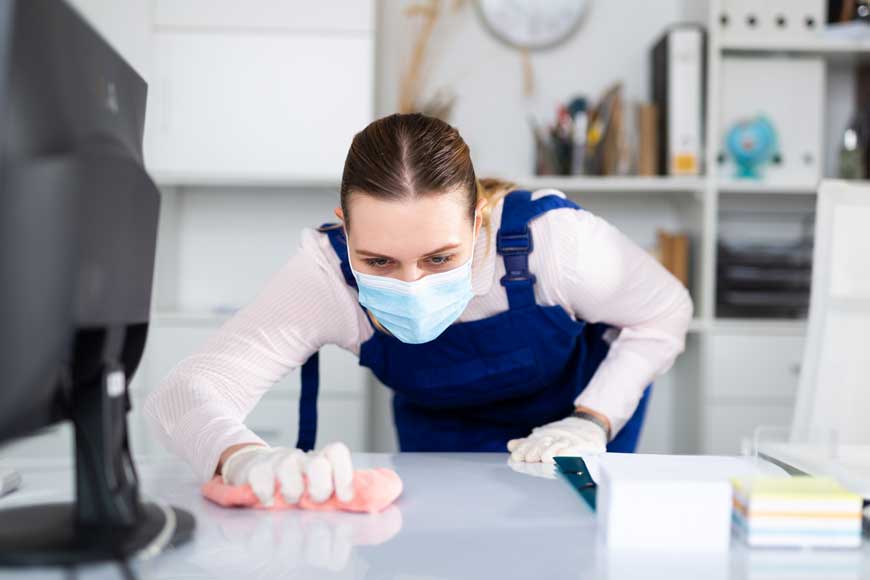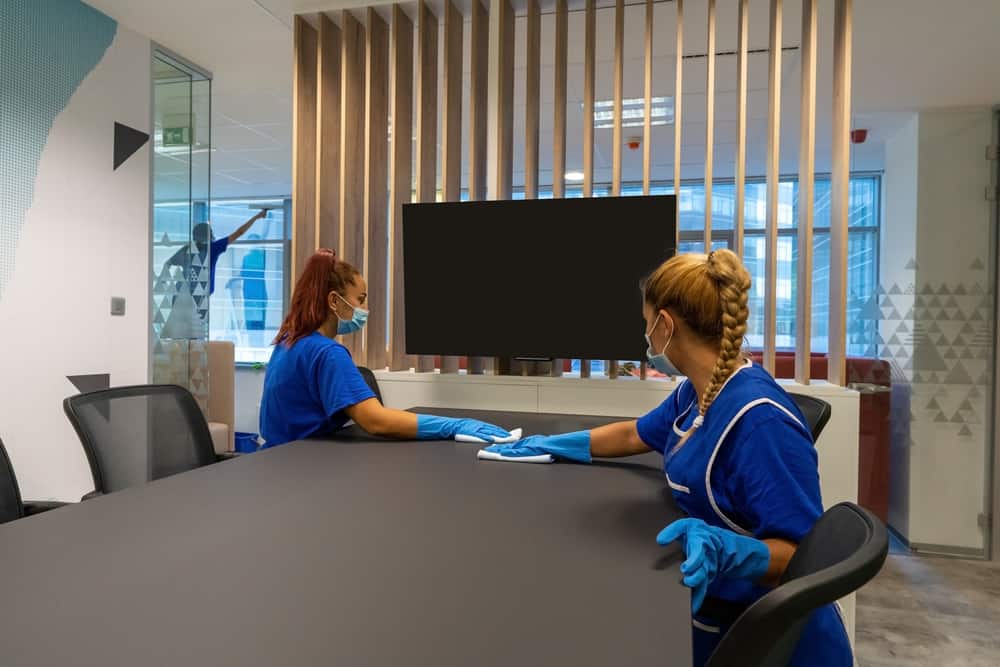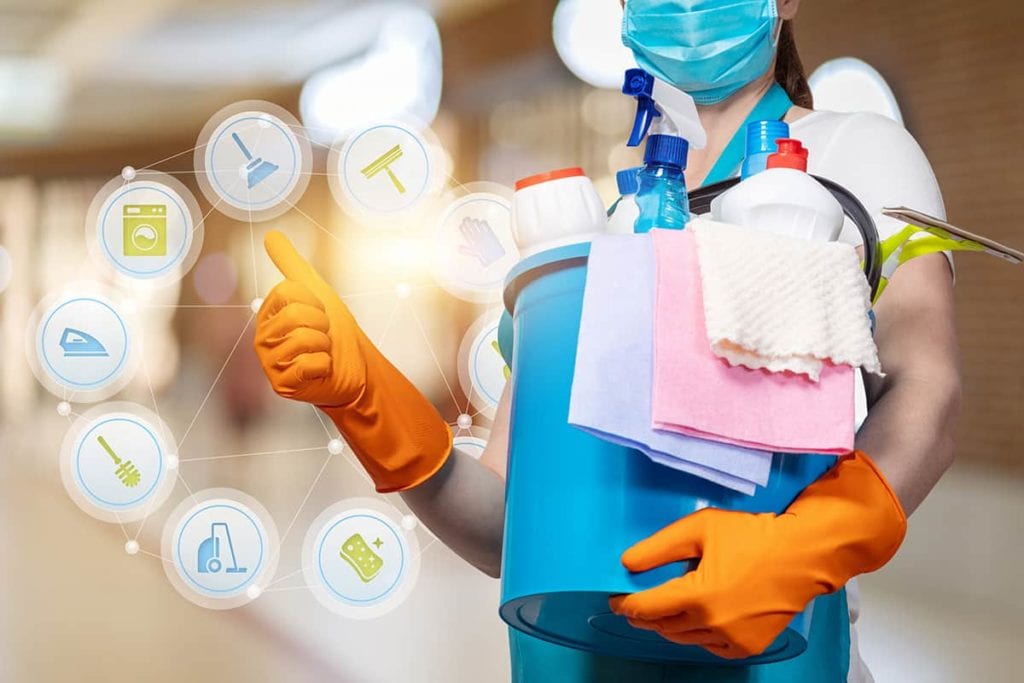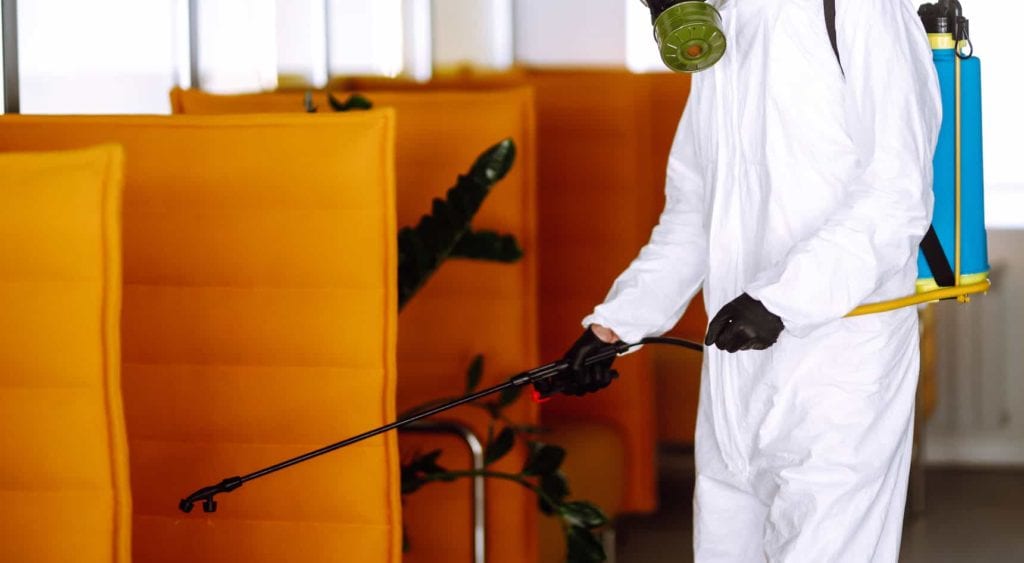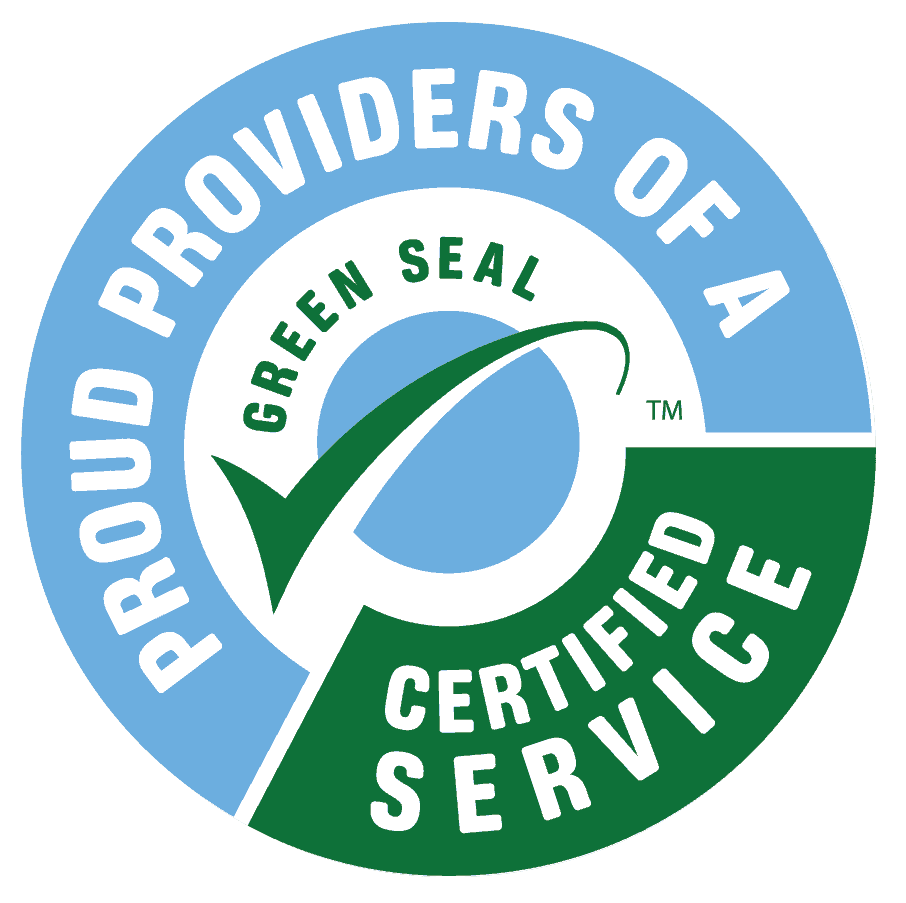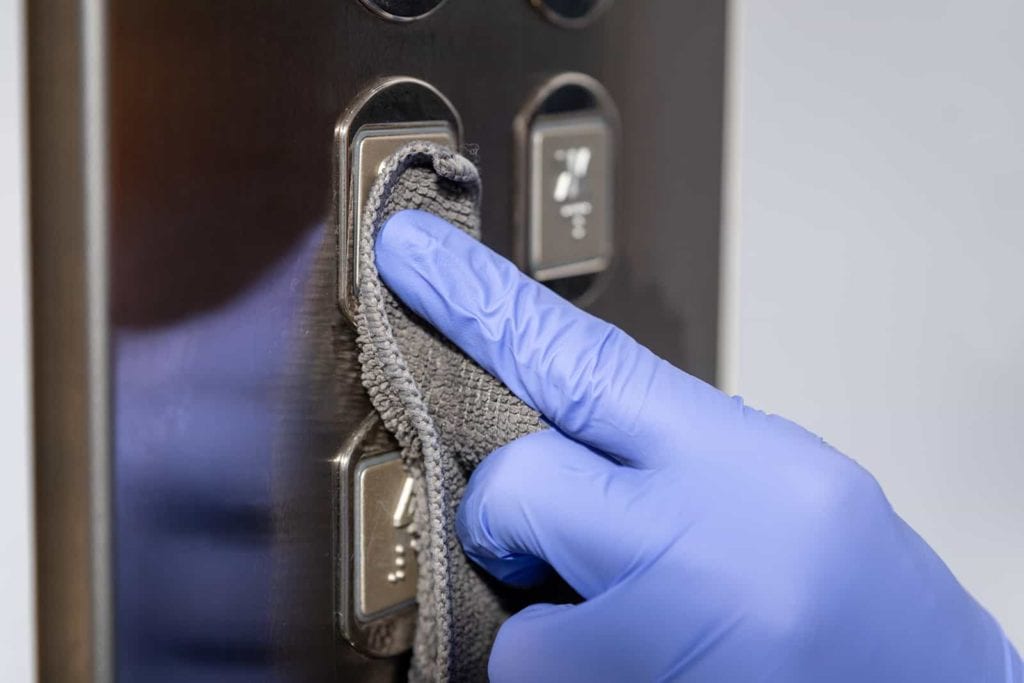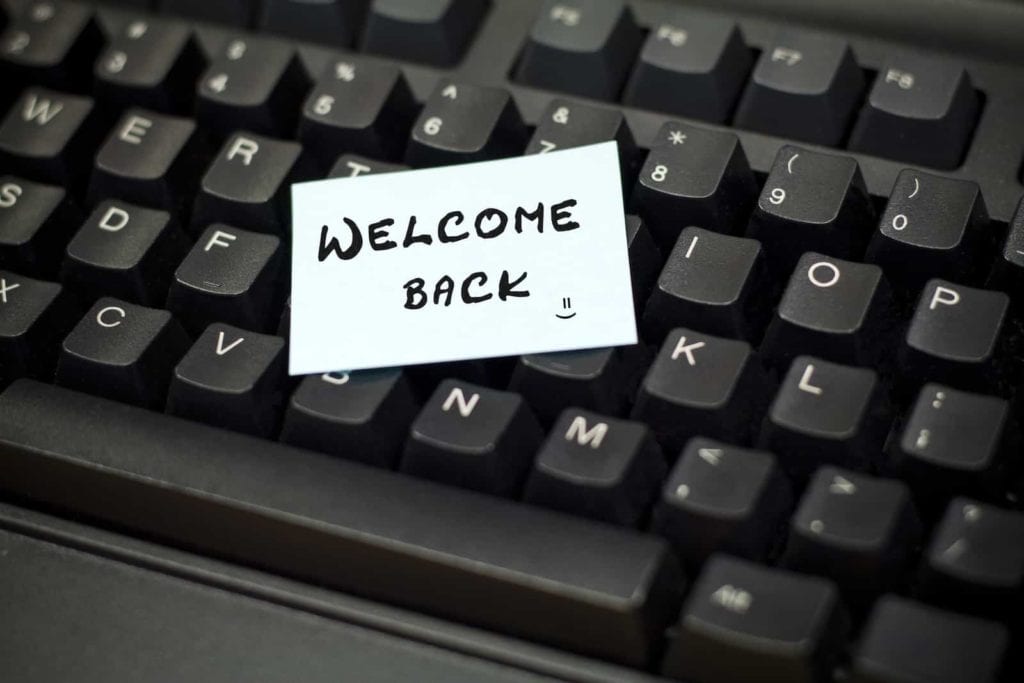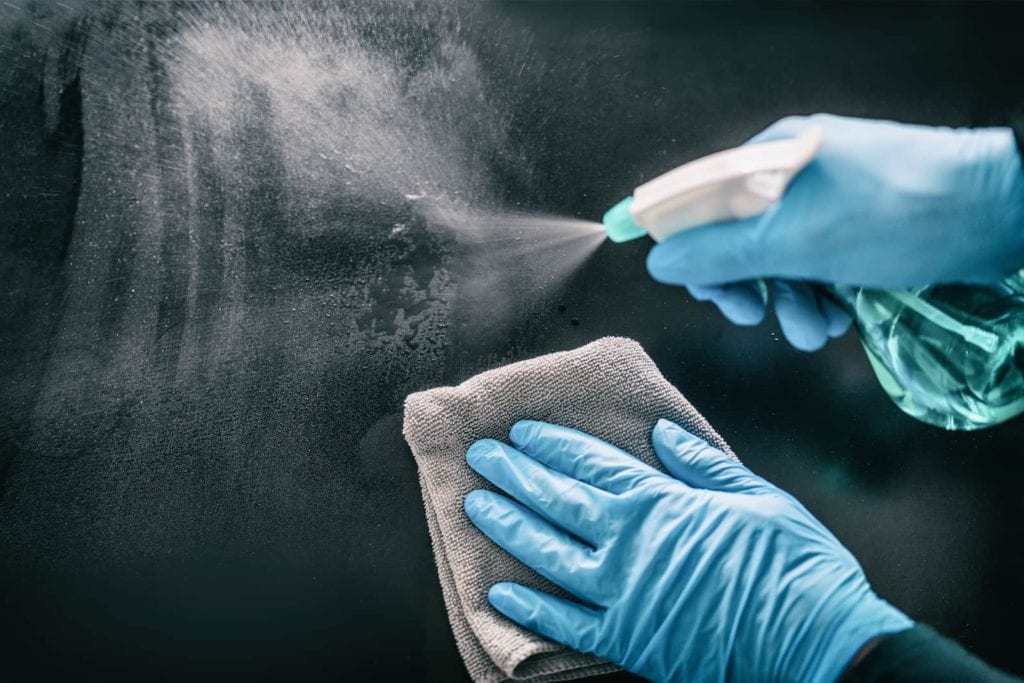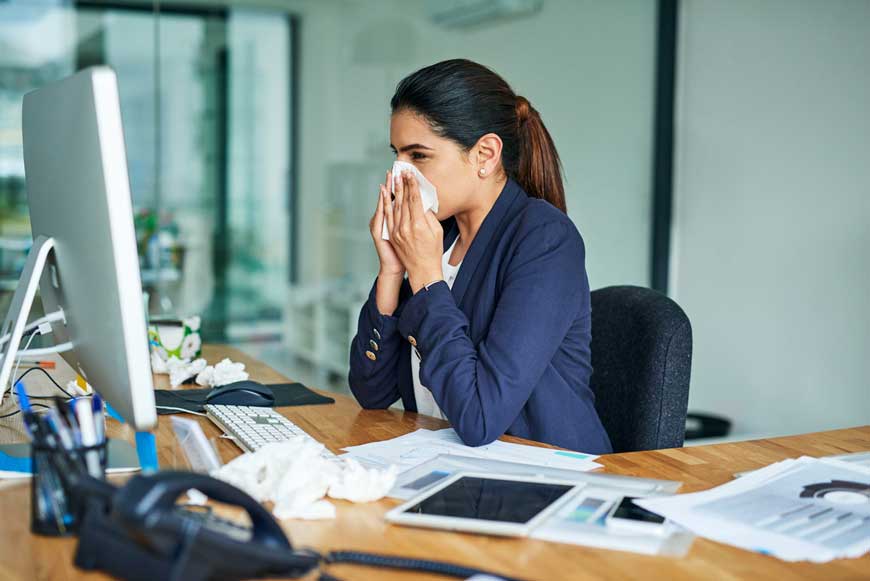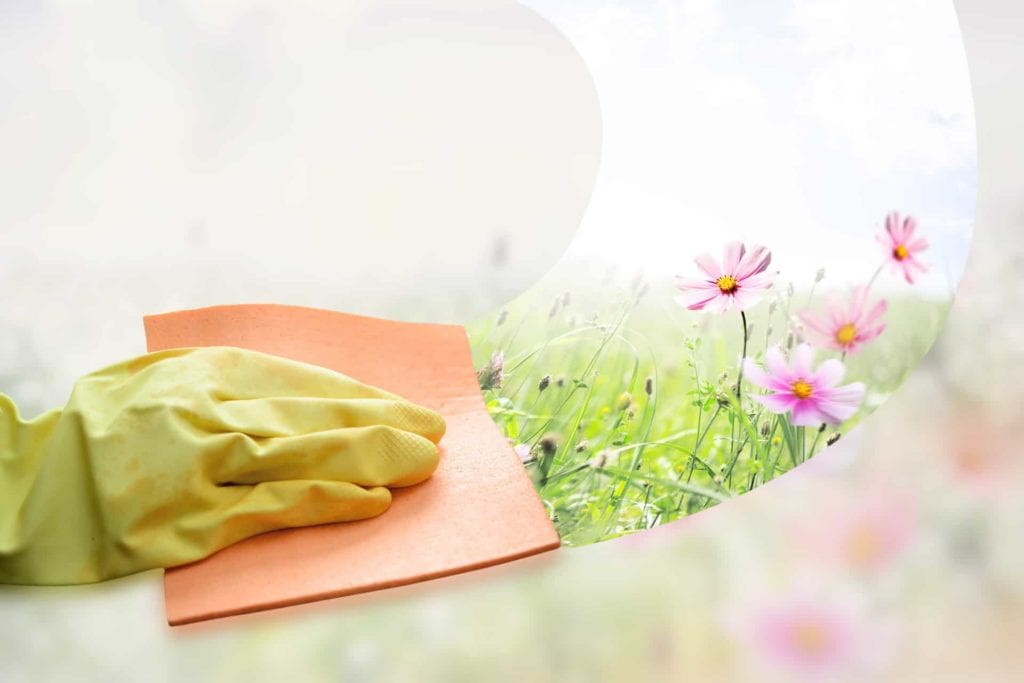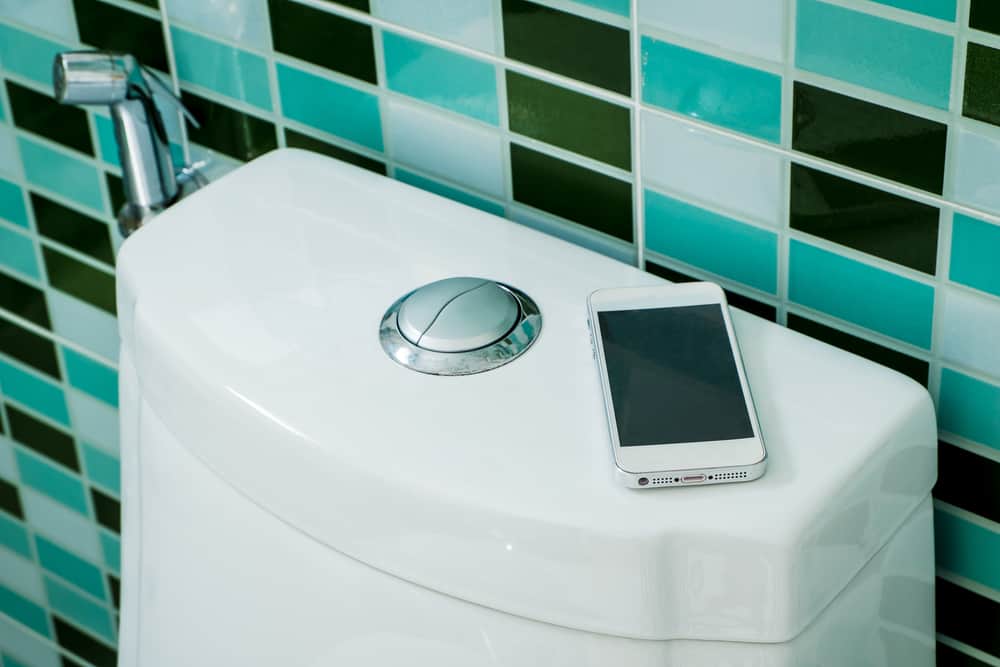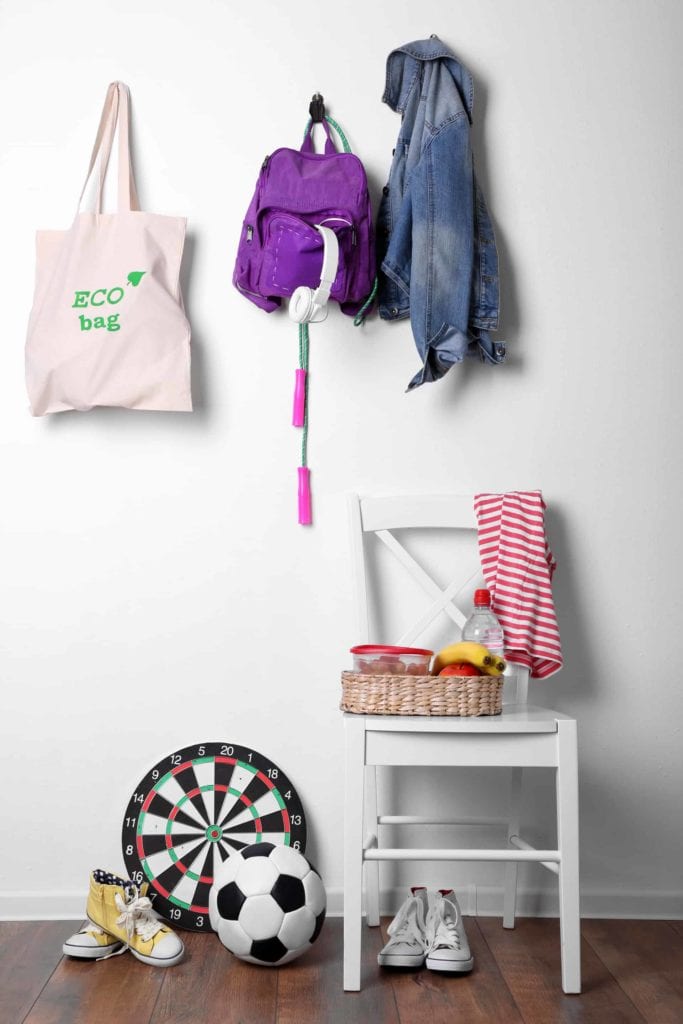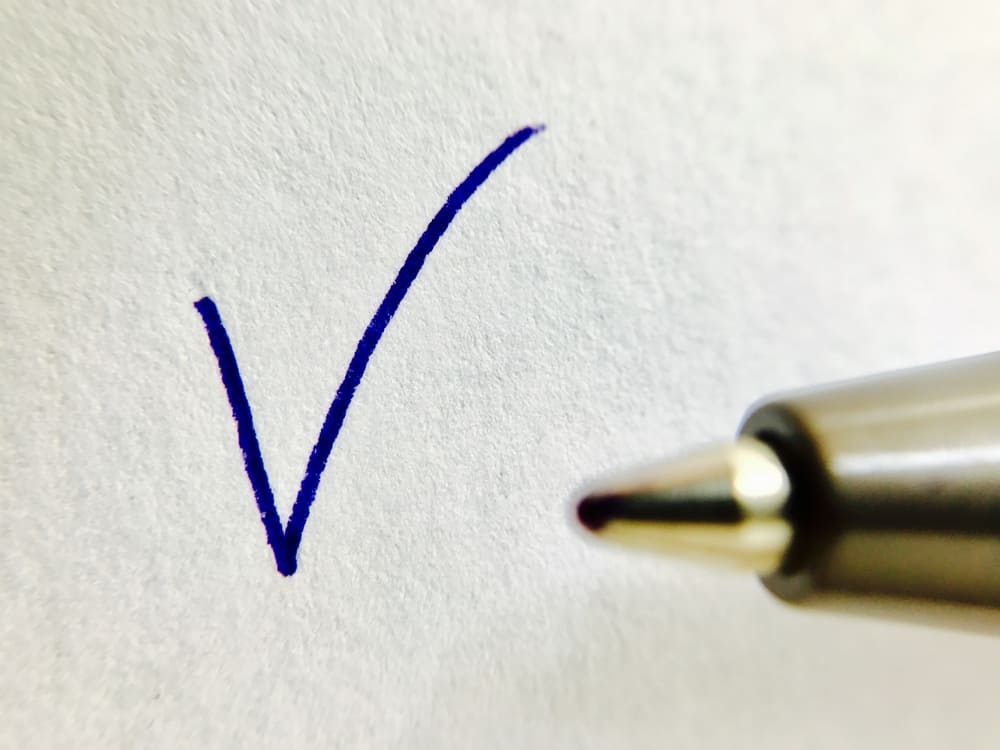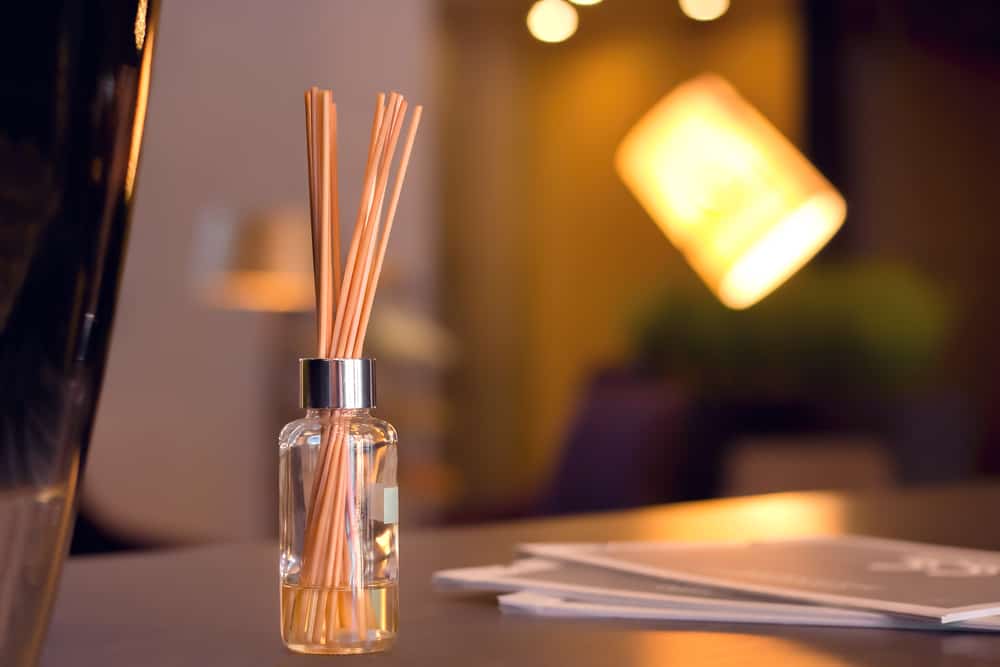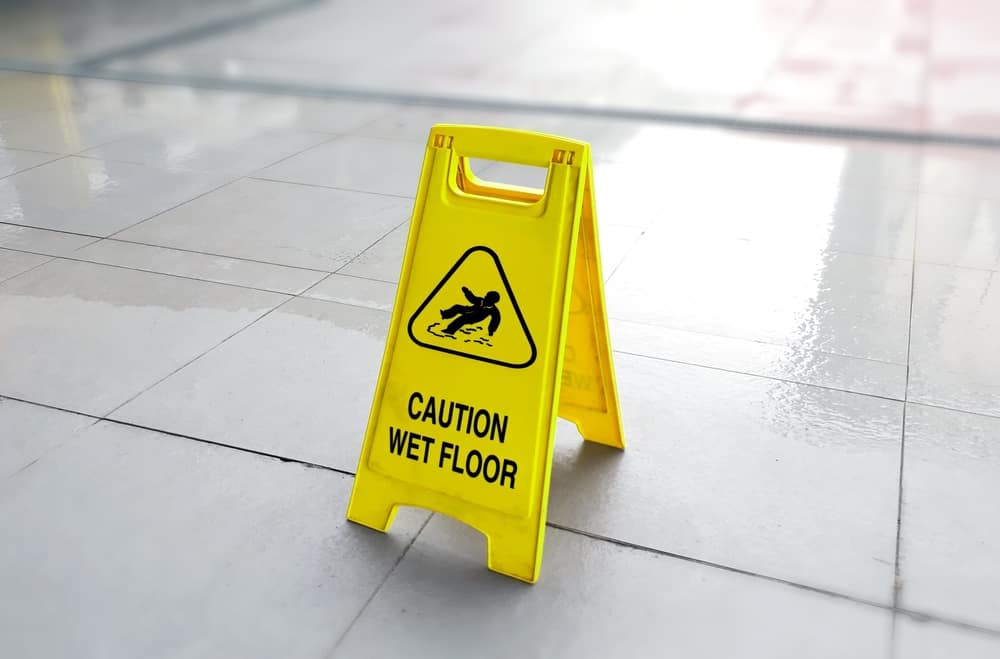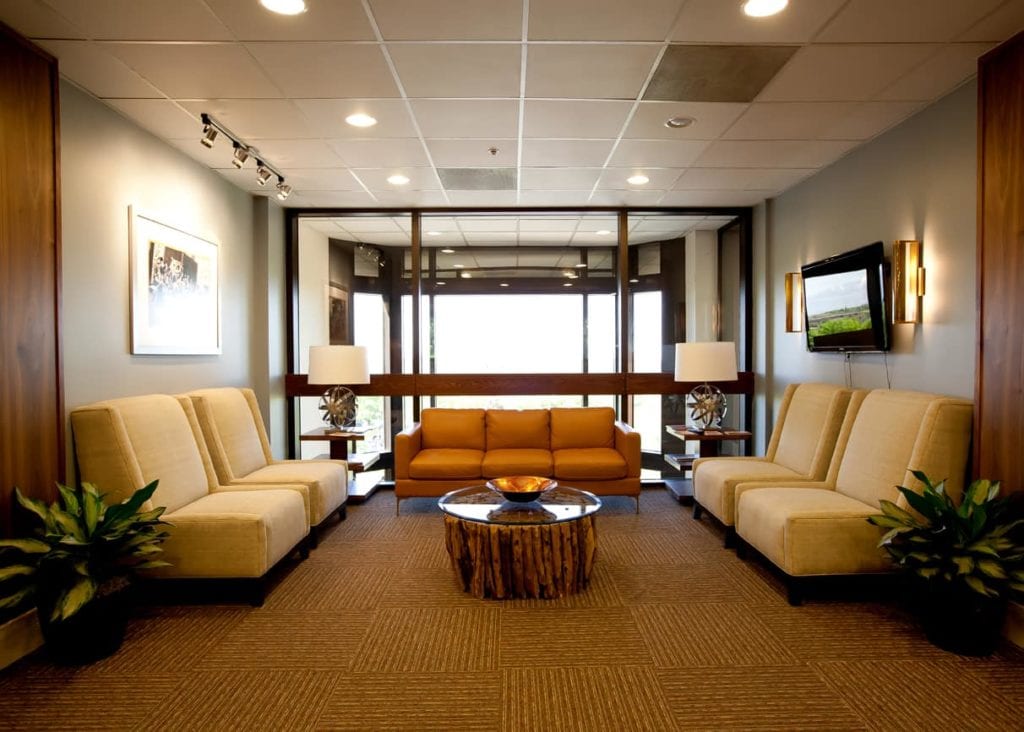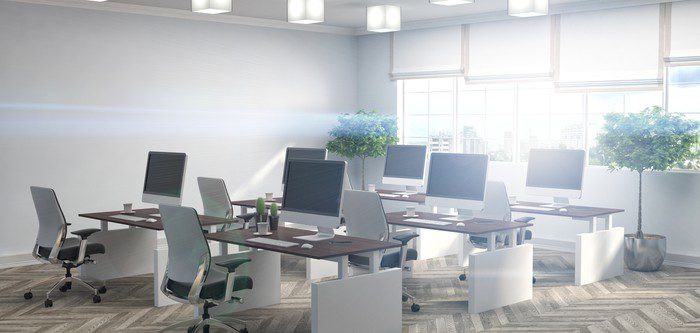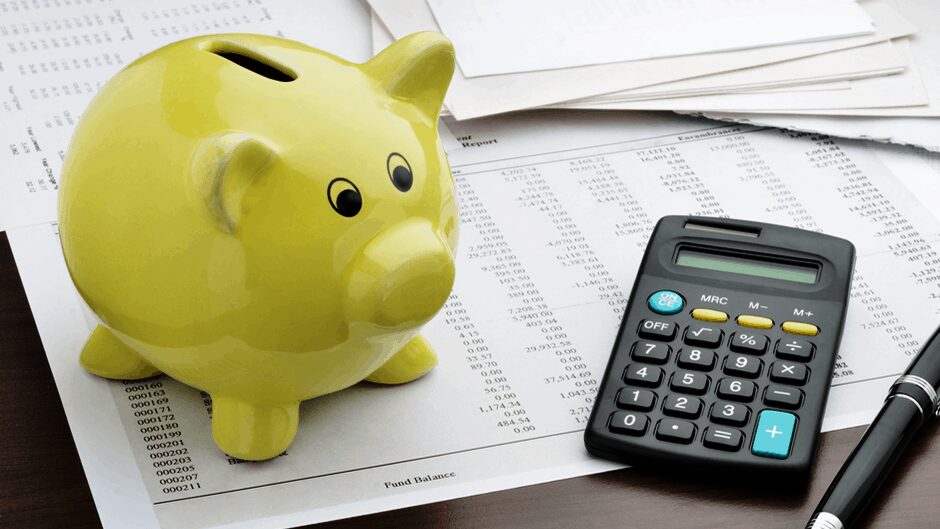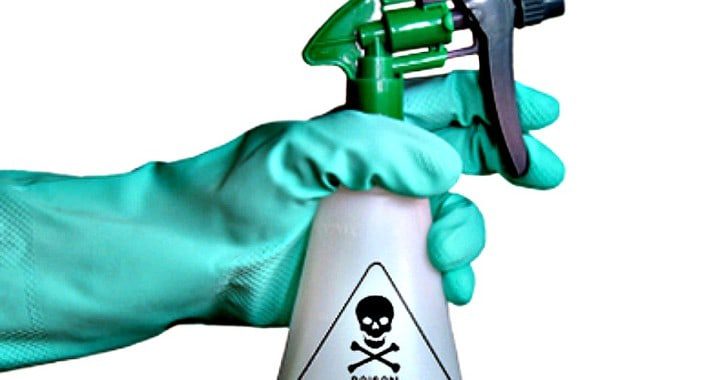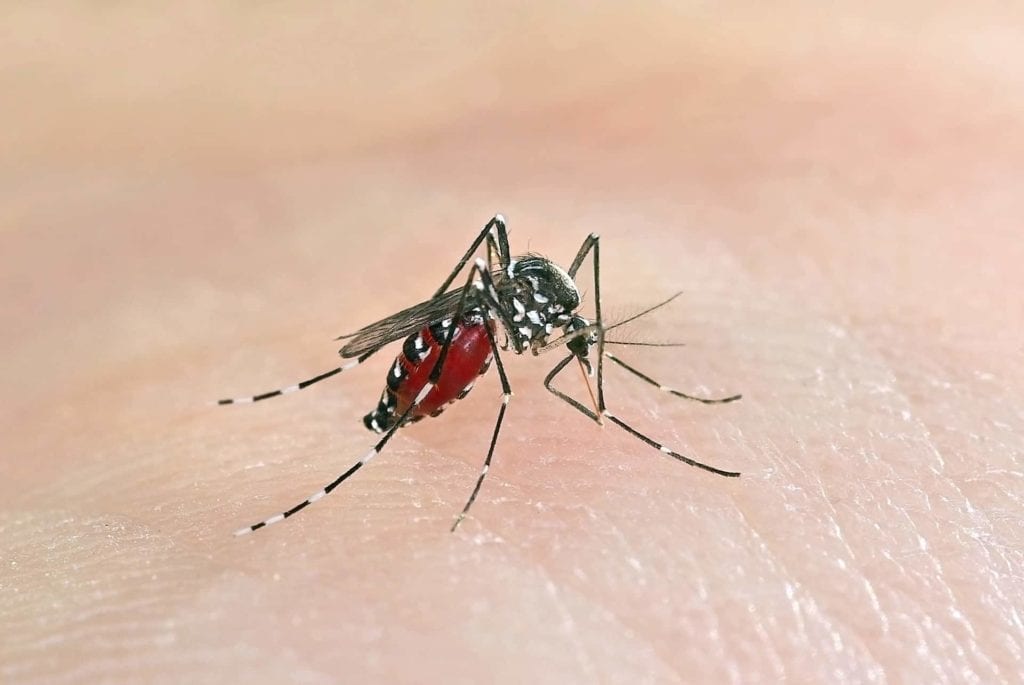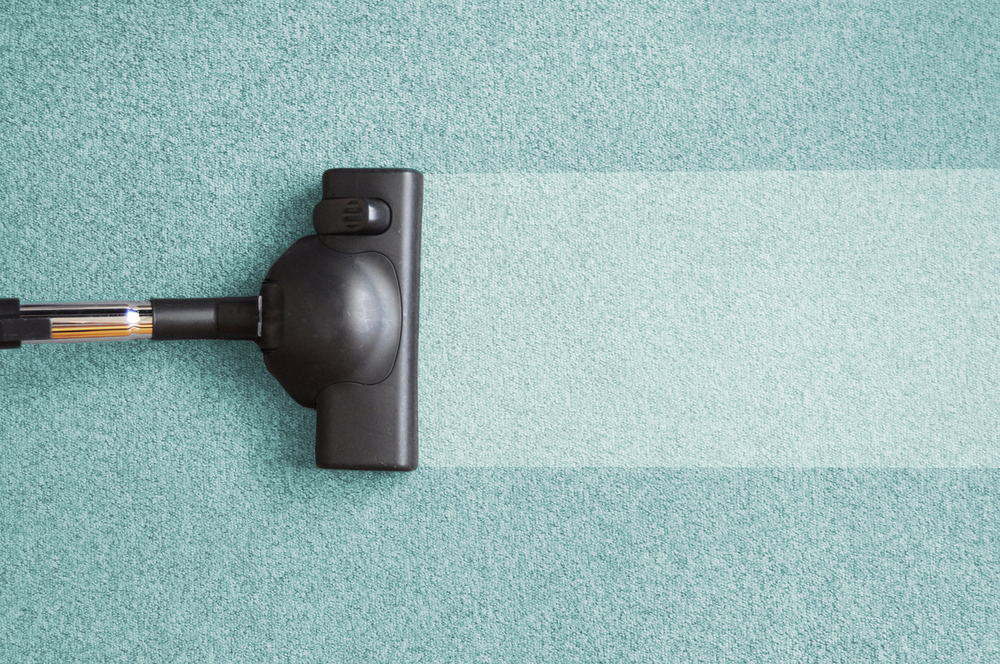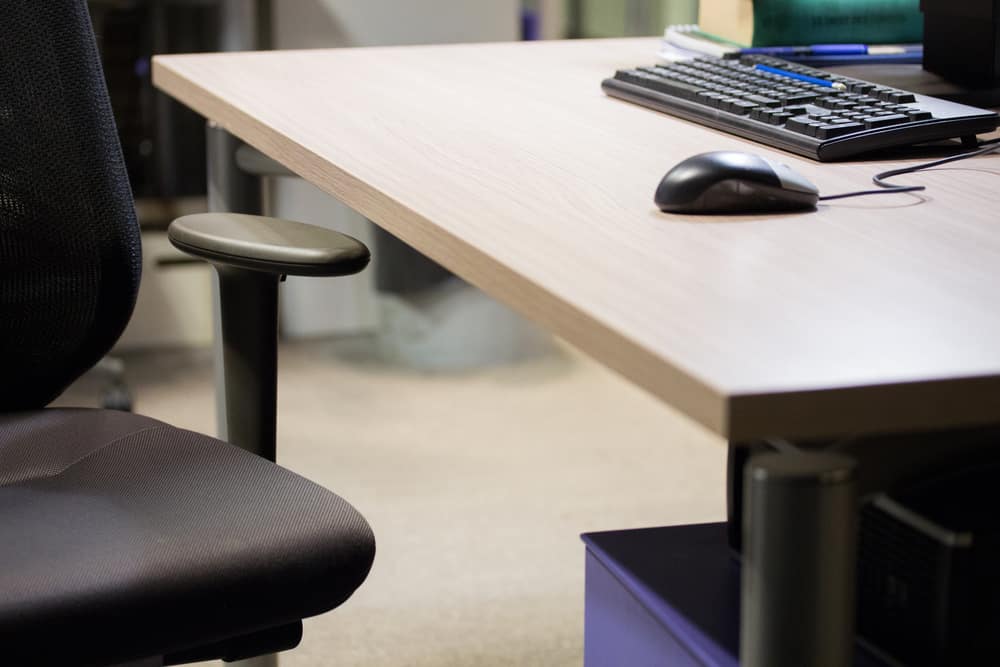Infection prevention is a very serious topic these days. The conversation about whether to use antibacterial soaps at home or only in the hospital is still an ongoing conversation. Every day our body’s immune system is fighting off possible infections and making sure we stay safe and healthy. Many products we use every day, like antibacterial hand soaps and surface cleaners, aid our bodies in avoiding or fighting these infections.
Infections can be most dangerous to those of us who have weakened, or over tasked immune systems. If you have a weakened immune system due to medications or current health concerns, it is even more important for you to try and avoid infections.
One of the most vulnerable states your immune system will be in is when you are already at a healthcare facility. No matter what you are at the healthcare facility for, your immune system likely is in a weakened condition. Also, healthcare facilities can be havens for harboring infectious diseases due to the large number of sick patients there.
This is why healthcare facilities need to have the best and most thorough cleaning processes. There are multiple agencies that have regulatory standards for the cleaning of healthcare facilities:
Healthcare Facility Cleaning Standards:
- Center for Disease Control:https://www.cdc.gov/infectioncontrol/guidelines/index.html/eic_in_hcf_03.pdf
- JCAHO: https://www.jointcommission.org/standards/
- HIPAA:https://www.hhs.gov/hipaa/index.html
- AORN: https://www.aorn.org/
All of these standards are in place to ensure healthcare facilities are as safe as possible for the patients at those facilities. In a healthcare facility, you should consider cleaning all areas. Patient rooms and waiting rooms are the most important spaces to clean thoroughly. Ensure all surfaces, hand rails, door knobs, and seats are sanitized and disinfected regularly. Patient waiting rooms can be one of the easiest places for infection to spread as many patients come in contact with the same surfaces in a single day. You can help keep these areas clean by enlisting patients to take control of their own areas by encouraging them to cover their cough and sneeze and also regularly using hand sanitizer.
Nurse’s stations should also be a target for cleaning. The first step in preventing the spread of disease through your staff is to ensure all of them are regularly washing or sanitizing their hands in between patients. However, the nurse’s station is a place your staff will regularly be at and can also be an area where bacteria and viruses can collect. Make sure all regularly used equipment is cleaned and sanitized. Things like counters, telephones, computers and keyboards need to be sanitized and cleaned. Utility rooms need to be kept clean as well. They are areas where staff frequent, as well as is storage spaces for clothing and equipment. Ensure that utility spaces are kept sanitized and clean as well.
Once proper procedures and practices are established for the cleaning of your facility focusing on patient rooms, nurses stations and utility spaces, ensure you have a system for quality assurance to make sure all spaces are appropriately cleaned, and any regulatory cleaning standards have been met.
Great care must also be taken to ensure your cleaning process does not do more harm than good. While cleaning, if not done properly, the bacteria or viruses may be re-released back into an airborne state making them more dangerous to patients. Advanced equipment and microfiber technologies allows JaniTek Cleaning Solutions to remove dust, bacteria and even VOCs to dramatically reduce airborne contamination creating a safe environment for both your patients and staff.
